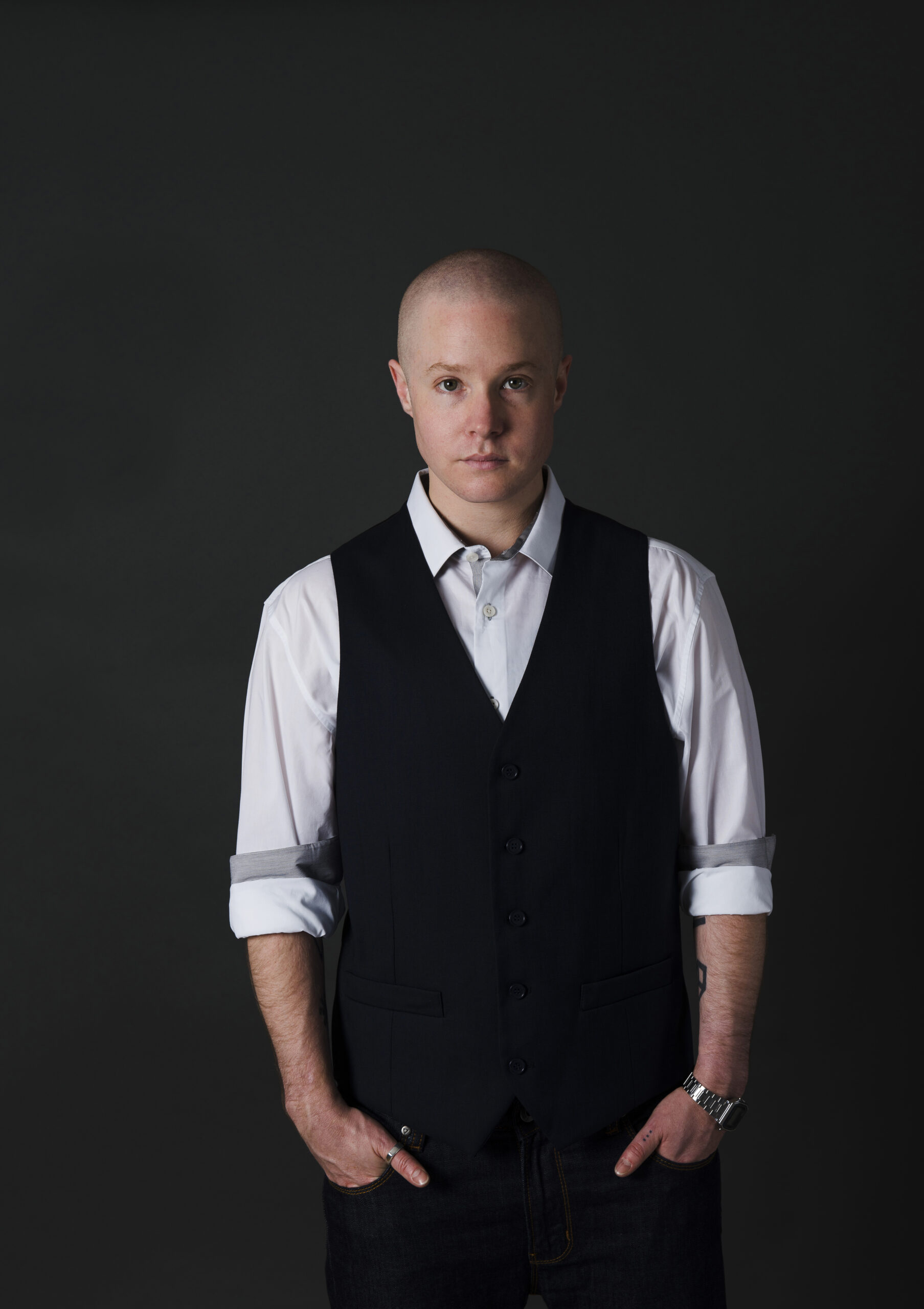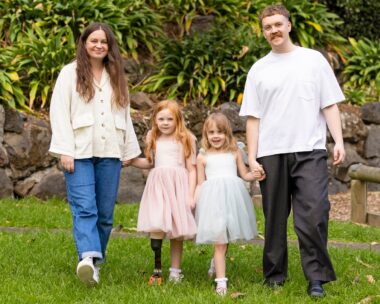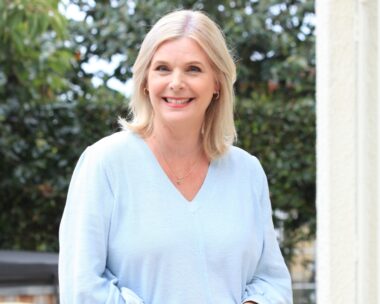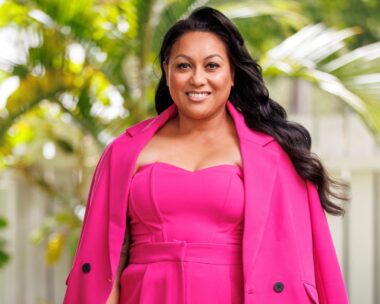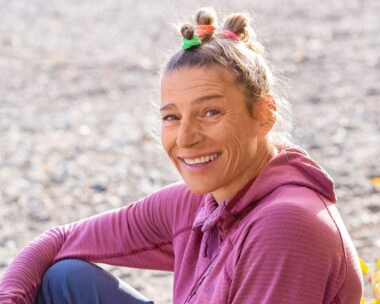Recently the transition of Caitlyn Jenner from Bruce Jenner – a former Olympic gold medal-winning decathlete and father of some of the famous Kardashians – brought the issue of transgender to the fore.
Soon to follow was Transparent, a television series about a father who transitions, and more transgender characters have begun to appear on TV series like Orange is the New Black and our very own Shortland Street.
In this month’s The Australian Women’s Weekly, Pam Corkery investigates how far we have really come in New Zealand in our acceptance of transgender – and finds we have a long way to go.
Cole Meyers is an actor and writer currently consulting for Shortland Street, which has found favour with a long-running storyline of trans person character, Blue, played by trans person Tash Keddy.
Cole, 29, is transmasculine. He has a professional as well as activist approach to how trans people are characterised in drama.
“The first trans images I saw were in the movie Boys Don’t Cry. What I learned was that transmasculine people are raped and murdered. And transfeminine characters were prostitutes, murder victims or psychos.”

Tash Keddy plays Blue on Shortland Street
Cole says the visibility explosion for trans people over the past couple of years has proven that not all publicity is good publicity.
“Caitlyn Jenner suddenly had all this media attention but didn’t seem to know about the trans community. Her biggest challenge was deciding what to wear.
“No one in New Zealand can afford to pay for multi-million dollar private surgery. They mostly live in poverty with little access to basic services, so there was no connection apart from people asking about Caitlyn.”
Cole came out three years ago. It was that or kill himself, he says.
“I both knew what was going on with me and didn’t. I didn’t want to die but knew I would rather be dead than live how I was.”
This included years of mental health issues and active addiction.
“Looking back, I was obviously trying to numb something,” he says.
On the edge of committing suicide, Cole tracked back through his life and pieced together what brought him to this moment. A big pointer was the numbing of pain but there was also the theme of the literature he read. It was all warrior girls dressed as boys.
“My overall lack of self-awareness until coming out was testament to how difficult it was, and still is, to be trans.”
Cole is bewildered by those who dismiss being trans as a fad, a lifestyle choice.
“There’s so much attachment of shame, pain and invisibility around being trans, why would you choose that?”
He also cites the nosiness of strangers who ask about his genitalia, what sort of toys he had as a child, what his real name is, and what gender he has sex with.
“I know people want to understand, but there is a line. Just accept that I am me.”

Cole and Tash on the set of Shortland Street, with Laurel Devenie, who plays Blue’s mum Kate.
Transgender definitions you need to know
Transgender: An umbrella term encapsulating gender identities where an individual’s self-identification does not match the one associated with their assigned sex at birth. A transgender person may identify with any gender identity (not only male or female), and may or may not have undergone gender reassignment surgery or hormonal treatment.
Transsexual: Often mistaken or merged with ‘transgender’, transsexual also refers to a person who does not identify with the sex they were assigned at birth. But the term is often more closely associated with the wish to realign one’s sex and identity through medical intervention.
Culturally specific gender identities: Whakawahine, tangata ira tane and takatāpui (Māori), fa’afafine (Samoan), fakaleiti (Tongan), ‘akava’ine (Cook Islands), vaka sa lewa lewa (Fijian), and fiafifine (Niuean).
Transfeminine: A term for those who identify as being more at the feminine end of gender identity – especially those not assigned female at birth.
Transmasculine: A term for those who identify as being nearer the masculine end of gender identity – especially those who were not assigned male at birth.
Gender queer: Usually an umbrella term to describe those whose identity is neither male nor female. It can also be used as a stand-alone gender identity itself – pertaining to feelings of being neither male nor female, both, or somewhere in between. Gender queer is also a term used to refer to a political standing of rejecting binary gender labels.
Intersex: Intersex people are born with sex characteristics that do not fit typical notions of male or female bodies. There are many differing medical conditions that can cause ambiguous or atypical genitalia. At least one in 2000 babies is intersex. Around 30 intersex children are born each year in New Zealand. Being intersex relates to biological sex characteristics distinct from a person’s sexual orientation or gender identity.
Gender identity versus sexual orientation (put simply): Gender is between your ears, and sex is between your legs. It’s not who you go to bed with… it’s who you go to bed as.
*Watch: Transparent creator talks how the show was inspired by real life on Ellen
To read Pam Corkery’s report on transgender in New Zealand and meet two other transgender people pick up the July edition of The Australian Women’s Weekly.

